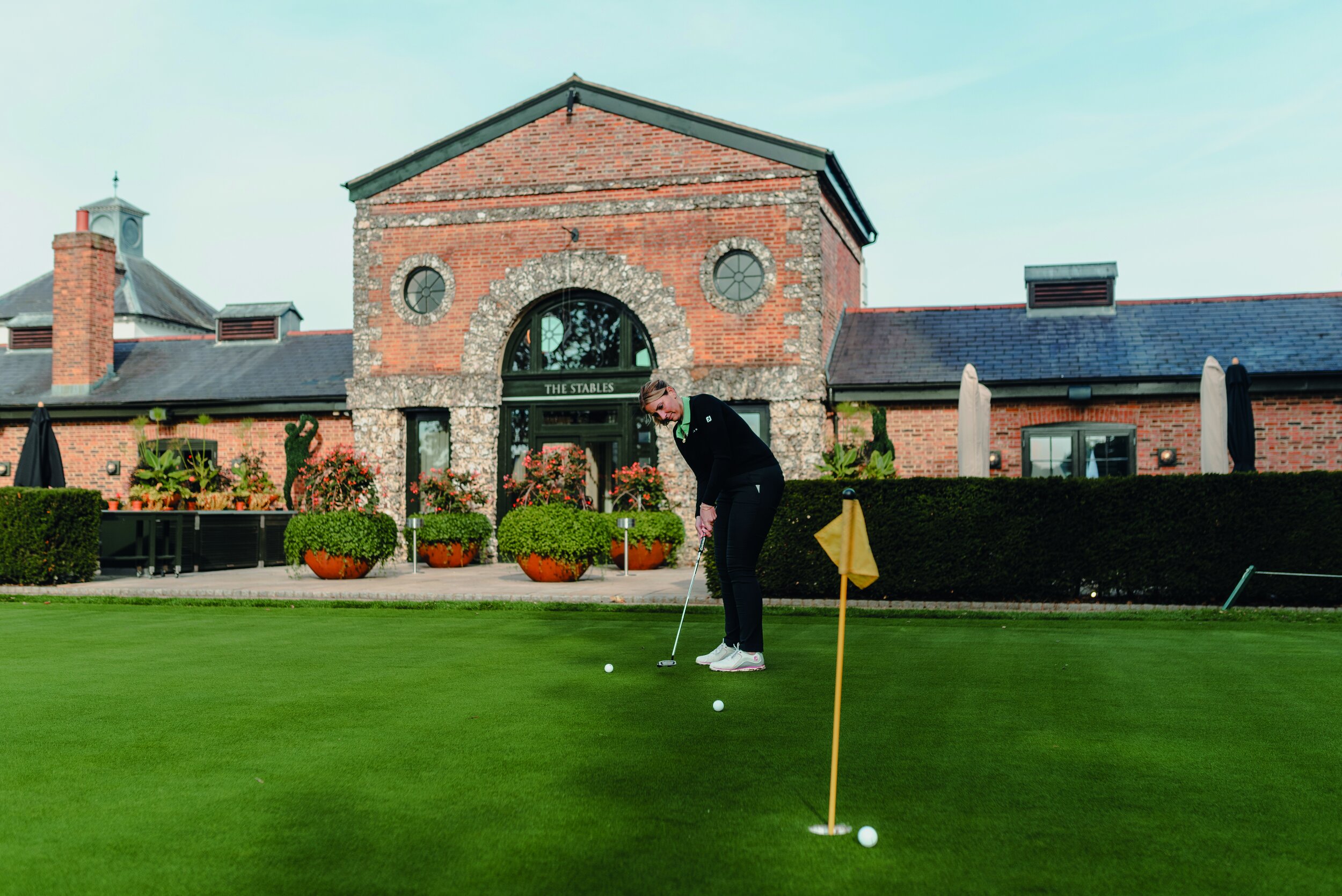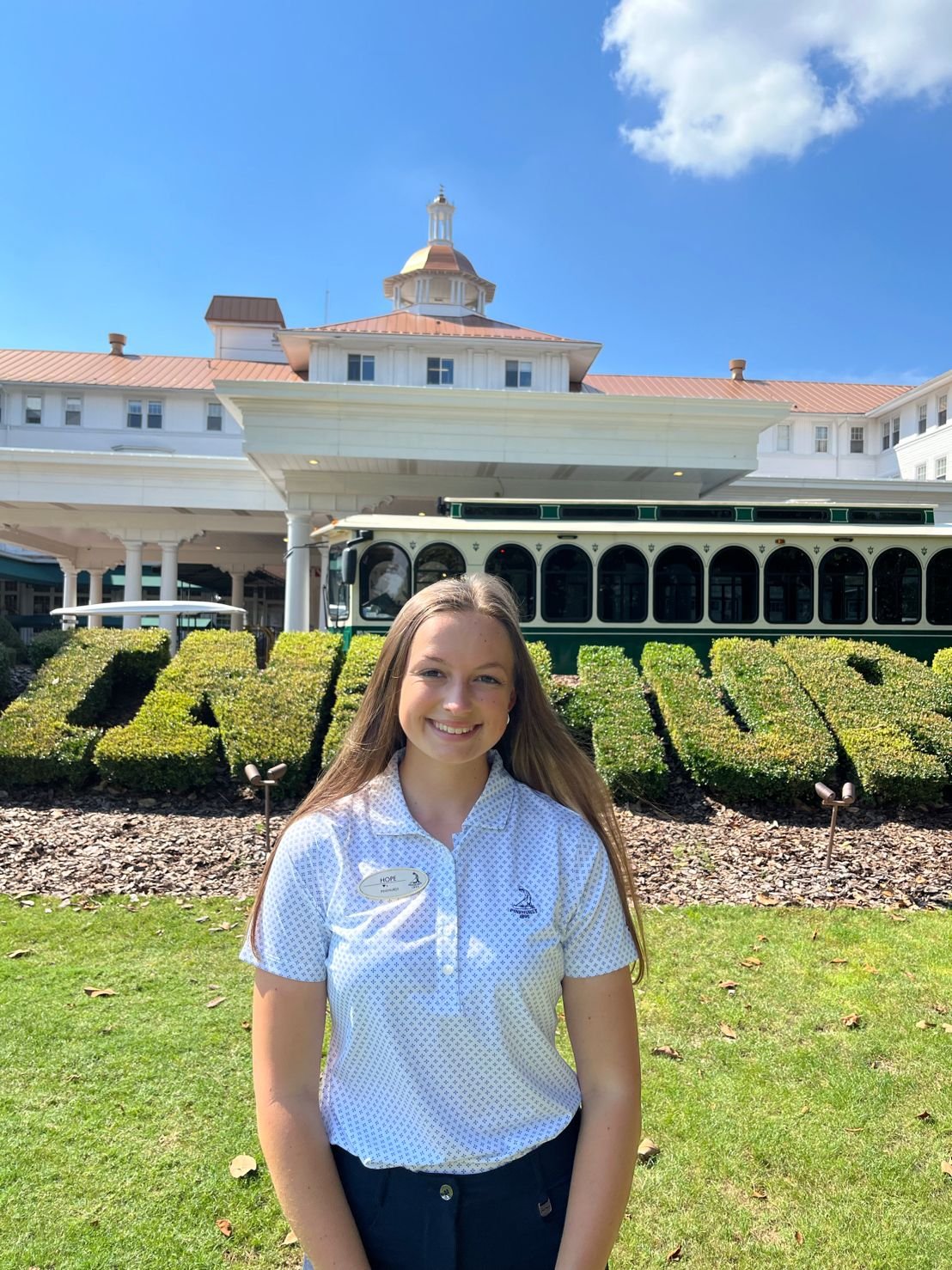
Be Inspired
What it’s like to be a PGA Trainee
Turning professional and embarking on the PGA training programme is a huge step on the career ladder to becoming a qualified professional. We spoke to PGA trainee Charlotte Dack about her experience as a trainee based at a busy driving range.
The life of a Head Pro in Abu Dhabi
There’s no doubt that the PGA Training Programme is a gateway to the world and it’s taken Dublin native Amy Condon all the way to Abu Dhabi Golf Club where she is the Head PGA Professional.
How to make a career switch into the golf industry
Josh Rowles was 28 when he decided to follow his passion and swap a managerial role in a plumbing and heating company for a shot at the golf industry. Rowles turned to The PGA to help with his career change, enrolling as a student on its Foundation Degree in Professional Golf course.
How to make the transition from player to coach
Twenty years ago, Gareth Davies burst on to the Challenge Tour scene when he won on just his second start in Egypt. He would win again the following year and in 2007 he would secure his card for what is now the DP World Tour. There would be over 40 starts on the then European Tour and in 2016 Davies completed his PGA qualifications.
From AGMS Graduate to World Number One
Kipp, who was diagnosed with a form of cerebral palsy called Spastic diplegia that affects his lower body, is currently the World Number One on the World Ranking for Golfers with Disability (WR4GD). The AGMS graduate also teamed up with Novak Djokovic at the All-Star exhibition match ahead of the 2023 Ryder Cup.
How to make the most of your AGMS work placements
Recent University of Birmingham graduate Hope Neild discusses how her Applied Golf Management degree and her PGA qualification has opened up her career paths within the golf industry and led to a year-long internship at the revered Pinehurst Resort in North Carolina
Why disability is no barrier to success with The PGA
Gregor suffers from cerebral palsy but, in this all-embracing game for every walk of life, the young Scot continues to prove that a disability is no barrier to accomplishment.
How to turn a passion for golf into a future career path
Following her long-term passion for golf, Elle Gamble looked to the PGA to provide her with a very different sort of career path to the one she’d initially anticipated.
Becoming a short game specialist overseas
Matthew Tipper has established himself as one of golf’s most sought-after short game specialists.
How to become a top junior golf coach
Zoe Allen reflects on how she developed her hugely successful junior coaching career at Lurgan Golf Club in Northern Ireland.
How to build a golf career in Asia
Peebles-born Ewan Hogarth discusses a career path that has led him to enjoy a number of roles in Asia, including his current position of PGA Head Professional running the PGA Academy at Thailand’s Chee Chan Golf Resort.
How to go from PGA Pro to YouTube star
James Robinson is a graduate of the PGA Training Programme. Since qualifying as a PGA Professional in 2013, James explains how he has built up a very different way of life as a golf professional by becoming a YouTuber.
How to live the Dubai golf dream
Alongside her hugely successful social media channels, Olivia Cooke is a newly established coach at the Peter Cowen Golf Academy in Dubai.
From not being able to see to PGA Trainee
Victoria Mallett describes how a car accident resulted in life-changing injuries – and how she has rebuilt her life and completed her PGA qualifications.
Lessons from a 40-year Professional career
There are few roles in golf that David Scott has not embraced during his long and distinguished career. Now he is putting the lessons he has learned from his various mentors into practice as the General Manager of Dumbarnie Links, in Fife.
















